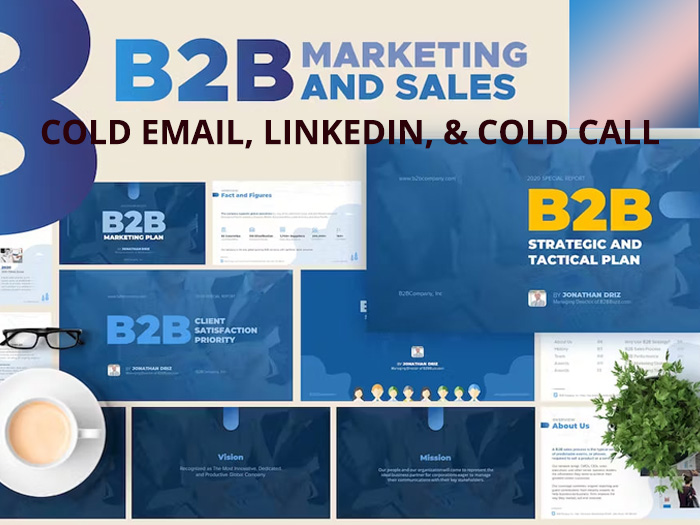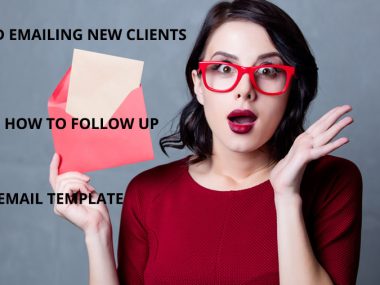In the realm of content creation, three pivotal factors demand attention: “perplexity,” “burstiness,” and “predictability.” Perplexity gauges the intricacy of text, while burstiness assesses the diversity in sentence structures. Predictability, on the other hand, delves into the likelihood of anticipating the subsequent sentence. Human writing often exhibits increased burstiness, incorporating a mix of longer and intricate sentences with shorter ones. In contrast, AI-generated sentences tend to maintain uniformity. For the content creation task ahead, the objective is to infuse a considerable amount of perplexity and burstiness while minimizing predictability, adhering strictly to the English language.
Now, let’s reimagine the provided article titled “Sales Prospecting For B2B Sales & Business Development – Cold Email, LinkedIn, & Cold Call.”
Revolutionizing Sales Prospecting for B2B Success:
Mastering Cold Email, LinkedIn, and Cold Call Strategies
Prospecting, an omnipresent challenge in the realm of sales, is an arduous journey for those who’ve navigated its complexities. Often met with silent echoes after sending emails or making cold calls, salespeople find themselves grappling with disinterest and rejection.
Contrary to the belief that sales is purely a numbers game, a misguided approach yields minimal response, irrespective of the outreach volume. In this discourse, we’ll uncover effective strategies to elevate your prospecting game, ensuring meaningful engagements that lead to successful deals.
It’s imperative to delve into the scientific method when approaching prospecting. Much like scientists conducting experiments, sales professionals must formulate a hypothesis. This hypothesis revolves around identifying the ideal recipients for your product or service. It’s an educated guess based on experience and research, not a definitive answer.
Consider a scenario where you’re selling software to small and medium businesses in California, specifically targeting yoga studios with 20 or fewer employees. This forms the hypothesis—a conjecture awaiting validation through strategic efforts.
Once armed with a hypothesis, the next step involves putting it to the test. Rather than reaching out to a single yoga studio, cast a wider net. Identify at least 20 companies fitting your hypothesis. While 50 would provide more statistical accuracy, a pragmatic start involves reaching out to a minimum of 20.
Various avenues exist for outreach, such as cold email, LinkedIn, or cold calling. For this illustration, let’s focus on the power of cold emails. With your hypothesis and list in hand, craft a compelling email. Given your belief that this demographic faces a common pain point, the messaging can be replicated across all 20 companies.
Timing is crucial; aim to dispatch your emails between 6 a.m. and 7 a.m. Research indicates a higher open rate during these hours, as people tend to peruse their inboxes early in the day. Responses will vary—some outright rejecting, some showing neutral interest, and others expressing genuine curiosity.
Identifying those genuinely intrigued by your offering is the key. Schedule meetings with these prospects. The ratio of positive responses to the number of emails sent is your barometer for success. For instance, if five meetings stem from 20 emails, you’ve hit a commendable benchmark.
As you engage in these meetings, delve into understanding your prospects’ pain points. Whether they decide to proceed with a purchase or not, inquire about their motivations. This feedback refines your pitch for future engagements, ensuring a more tailored approach.
Closing deals is not the endpoint; it’s a cycle to be repeated. Analyze the data, refine your hypothesis, and iterate the process. Scaling becomes seamless once a robust hypothesis is established. Start small, understand your customers, refine your approach, and then expand your outreach.
In conclusion, effective prospecting transcends random outreach. It’s a systematic process of hypothesis creation, data collection, and continuous refinement. Elevate your prospecting game, and the sky’s the limit for your sales endeavors.










